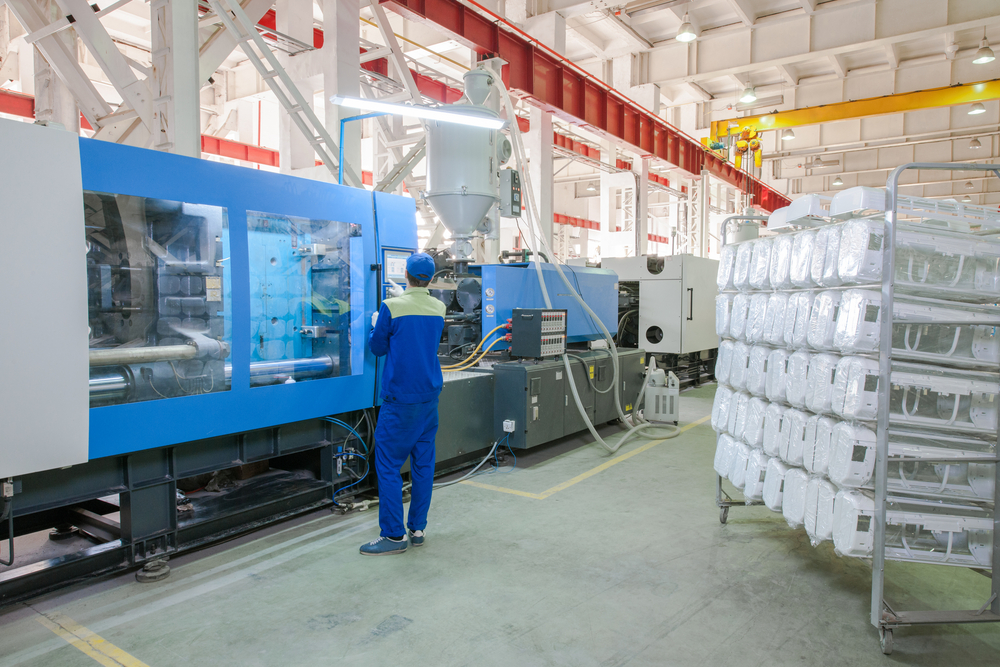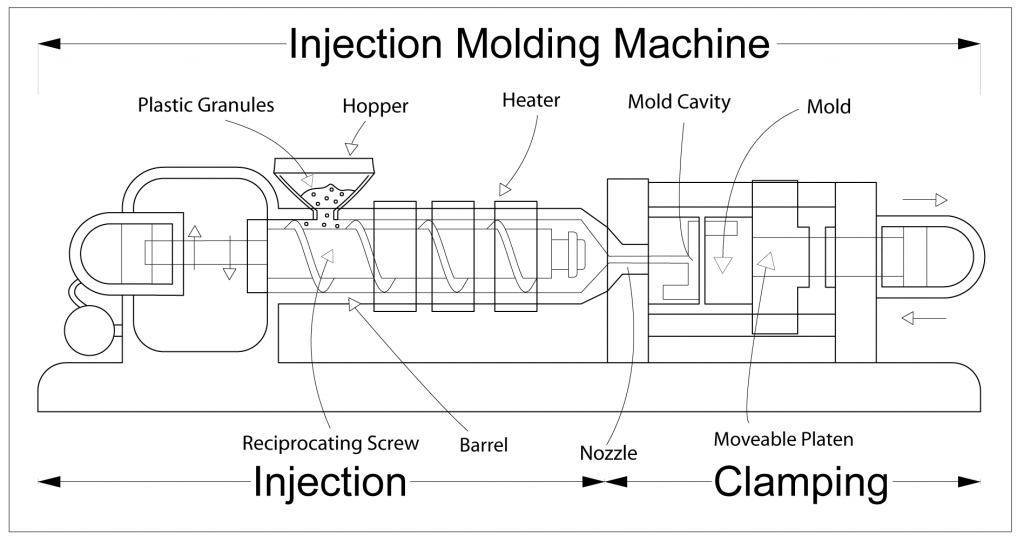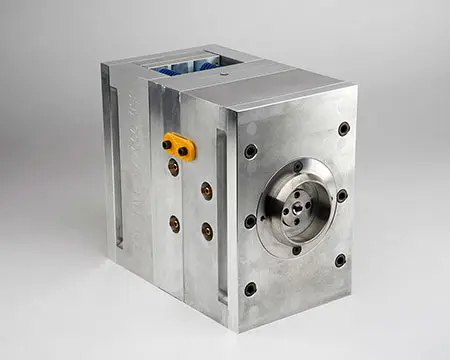Recognizing the Fundamentals of Plastic Shot Molding Procedures
Plastic shot molding offers as a foundation of contemporary production, providing a systematic strategy to producing complex parts with precision. Exploring these necessary aspects might reveal how even minor adjustments can lead to substantial enhancements in manufacturing outcomes, elevating inquiries about the potential for technology in this well established process.
What Is Plastic Injection Molding?
Plastic shot molding is a widely used production process that changes thermoplastic and thermosetting products right into precise and complex shapes. This technique is preferred for its capability to generate high volumes of identical get rid of outstanding accuracy, making it an important method in different sectors, including automobile, durable goods, and clinical tools.
The process includes thawing the chosen plastic material and infusing it into a mold under high stress. The mold, designed to the requirements of the desired part, enables the liquified plastic to take shape as it strengthens and cools down. Once the material has set, the mold is opened, and the completed element is ejected.
Plastic injection molding provides a number of benefits, including lowered waste, consistency in manufacturing, and the capacity to include intricate designs that might be testing with other making approaches. In addition, it supports a wide series of products, each giving one-of-a-kind residential properties that can be customized for specific applications. As industries continue to innovate, plastic injection molding stays at the leading edge, allowing the growth of advanced items that fulfill progressing customer needs.
The Shot Molding Process
The shot molding procedure is an innovative strategy that includes numerous key stages to generate top quality plastic parts. At first, plastic pellets are fed right into a heated barrel where they are melted into a viscous liquid. This molten plastic is after that infused under high pressure right into a precision-engineered mold and mildew, which shapes the material right into the desired form.
As soon as the mold and mildew is filled up, the plastic is allowed to solidify and cool down, taking the form of the mold and mildew cavity. Air conditioning time is critical, as it impacts the cycle time and the final residential properties of the molded component. After adequate air conditioning, the mold and mildew opens, and the ended up element is expelled using ejector pins.

Products Utilized in Shot Molding
Different products can be used in the injection molding process, each offering special properties that deal with particular applications. One of the most generally utilized products consist of thermoplastics, thermosetting plastics, and elastomers.

Thermosetting plastics, like epoxy and phenolic resins, go through a chemical change during the curing process, leading to an inflexible, inflexible framework. These materials next are excellent for applications needing high warmth resistance and architectural honesty, frequently made use of in electric insulators and automotive components.
Elastomers, consisting of silicone and rubber-based products, give versatility and strength. Their one-of-a-kind homes make them suitable for applications that demand elasticity, such as gaskets and seals.
In addition, specialty materials like bio-based plastics and composites are getting traction for their ecological advantages and enhanced performance qualities, broadening the scope of injection molding applications in numerous industries. Understanding the buildings of these materials is important for picking the ideal kind for certain projects.
Advantages of Shot Molding
Shot molding sticks out as a highly efficient production procedure that supplies various advantages for producing intricate get rid of precision. Among one of the most considerable advantages is the ability to develop detailed layouts that would certainly be impossible or challenging to attain with various other approaches (Plastic Injection Molding). The process allows for limited resistances and in-depth functions, making sure premium components
Furthermore, injection molding is known for its rapid production abilities, making it a suitable option for high-volume production. When the mold is produced, parts can be produced quickly, decreasing preparations and boosting overall productivity. This efficiency not just reduces manufacturing costs but likewise provides an affordable side on the market.
The convenience of products used in shot molding additionally enhances its allure. A vast array of thermoplastics and thermosetting polymers can be used, enabling manufacturers to pick materials that ideal fulfill their particular needs, consisting of versatility, heat, and stamina resistance.
Furthermore, the process decreases waste, as excess material can typically be reused and reused. This sustainability facet adds to a minimized ecological influence, making injection molding an accountable production selection. Overall, the benefits of shot molding make it a preferred technique for several industries.
Aspects Impacting Product Top Quality
While numerous factors can influence item quality in shot molding, understanding these components is critical for attaining optimum outcomes. Trick elements consist of material choice, processing parameters, and mold and mildew style.
Material selection plays an essential function, as different polymers exhibit distinct properties that impact flowability, toughness, and thermal stability. Inadequate product choice can result in problems such as warping or insufficient filling.
Handling parameters, consisting of temperature, cycle, and pressure time, have to be diligently regulated. Variants in these setups can lead to inconsistencies in component measurements and surface finish. For circumstances, exceedingly high temperature levels might trigger degradation of the polymer, while poor stress can lead to short shots.
Mold and mildew layout is similarly vital, as it figures out the flow of the molten plastic and the cooling process. Badly made mold and mildews may lead to content irregular cooling rates, leading to residual stresses and dimensional inaccuracies.

Conclusion
In final thought, plastic shot molding acts as a critical manufacturing procedure that enables the efficient production of top quality components. Proficiency of the shot molding procedure, including the understanding of materials and the impact of various factors on item top quality, is crucial for achieving optimal outcomes. The benefits of this technique, such as cost-effectiveness and design versatility, further emphasize its value throughout numerous markets, solidifying its status as a preferred choice for high-volume manufacturing.
Plastic shot molding serves as a see this here keystone of modern production, offering a methodical approach to producing complex parts with accuracy.Plastic injection molding uses a number of advantages, including reduced waste, consistency in manufacturing, and the ability to incorporate detailed designs that might be challenging with various other producing techniques (Plastic Injection Molding). As industries proceed to introduce, plastic injection molding remains at the leading edge, allowing the growth of sophisticated products that meet progressing consumer needs
The injection molding procedure is an advanced strategy that includes numerous essential stages to create top quality plastic elements.In conclusion, plastic injection molding offers as a vital production process that allows the efficient manufacturing of high-quality elements.